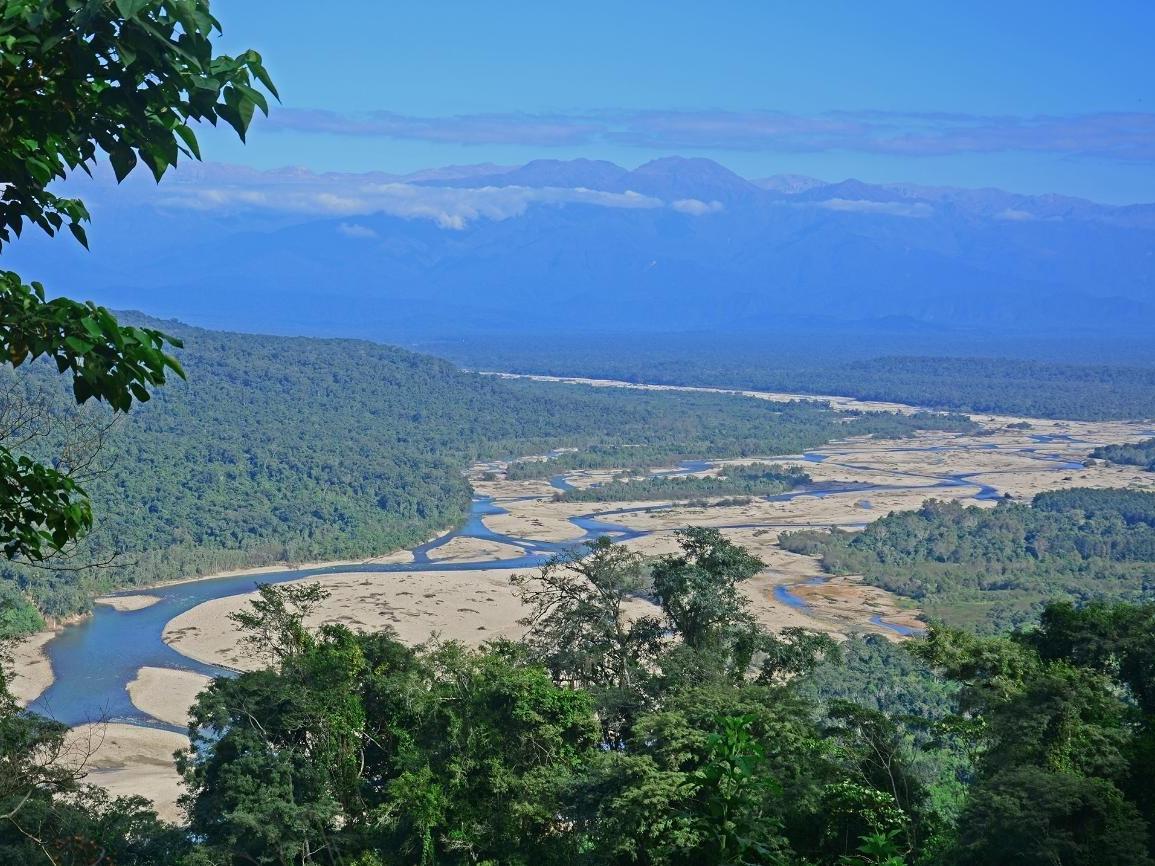Armored catfish evolution: Scientists have described a new corydoras catfish and established a new genus of fish
In a recently published study in the journal Zoologischer Anzeiger, an international team of scientists presents a new phylogenetic hypothesis for the subfamily of armored catfishes (Corydoradinae), including the description of a previously unknown species, ‘Hoplisoma’ osvaldoi, and a new genus, Urkumayu. The discovery comes from the remote upper Bermejo River Basin in the northwestern La Plata Basin, a region marked by exceptional endemism. Combining morphological and genetic data, the study offers new insights into the evolutionary relationships of these armored fishes and their remarkable adaptations to the changing environments of tropical South America.
Authors of the article: Felipe Alonso [1], [2], Wilson Sebastián Serra Alanis [2], [3], [4]
[1] - Instituto de Bio y Geociencias del NOA (IBIGEO), Comisión Nacional de Ciencia y Técnica (CONICET). Facultad de Ciencias Naturales, Universidad Nacional de Salta (UNSa), Salta, Argentina. felipealonso@gmail.com ; [2] - Killifish Foundation, La Plata, Buenos Aires, Argentina; [3] - Sección Ictiología, Dpto. de Zoología, Museo Nacional de Historia Natural, Montevideo, Uruguay; [4] - Centro Universitario Regional Del Este (CURE) Sede Rocha, Universidad de La República, Rocha, Uruguay. serraelbicho@gmail.com
In a recent study published in the journal Zoologischer Anzeiger, we examined the phylogenetic relationships among species of small, armored catfishes from the subfamily Corydoradinae. By integrating anatomical and genetic data, we proposed a new phylogenetic hypothesis— the evolutionary relationships of these species — incorporating, for the first time, species from the northwestern Plata Basin. In this region, we identified several endemic species.
Additionally, based on specimens collected during various surveys, we discovered a new species for science, which we named ‘Hoplisoma’ osvaldoi (Figure 1). Furthermore, as a result of our analyses, we described a new genus for science, named Urkumayu, which encompasses a lineage of species exclusive to the Andean portion of the northwestern La Plata Basin.

Figure 1. Live specimen of the recently discovered species ‘Hoplisoma’ osvaldoi, immediately after capture.
Diversity and Adaptations of Armored Catfishes
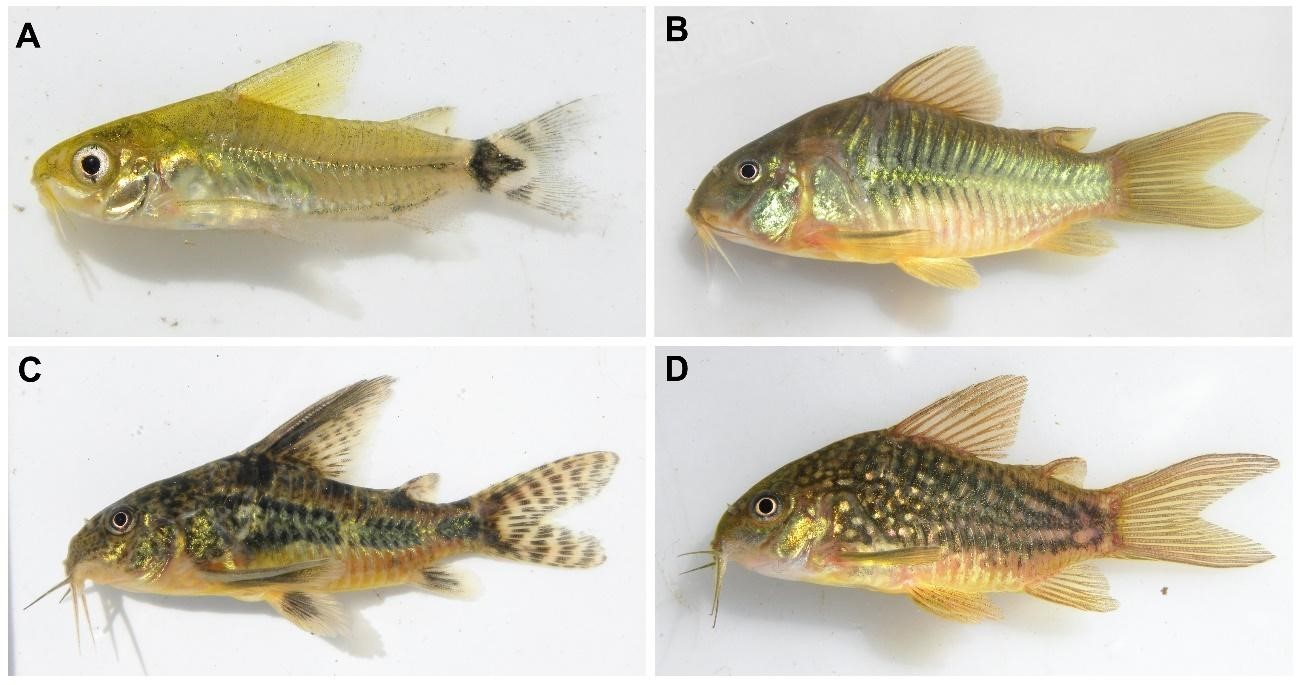
Figure 2. Some species of the subfamily Corydoradinae from the Plata Basin: A - Gastrodermus hastatus; B - Osteogaster aenea; C - ‘Hoplisoma’ paleatum; D - Gastrodermus undulatus.
Neotropical freshwater fishes are among the most diverse, threatened, and understudied faunas in the world. Within this context, knowledge about the biodiverse South American armored catfishes of the family Callichthyidae continues to grow. This family, which includes over 220 species, is characterized by a double row of overlapping bony plates (arranged like tiles on a roof) along their flanks. This armor provides protection against predator bites without significantly compromising their mobility.
The family Callichthyidae is divided into two subfamilies: Callichthyinae and Corydoradinae, the latter being the most diverse, with more than 200 species distributed across eight genera (Figure 2): Aspidoras, Brochis, Corydoras, Gastrodermus, Hoplisoma, Osteogaster, Scleromystax, and Urkumayu, the last of which was recently described by our team.
Commonly known as "corydoras" these fishes are among the most popular groups of fishes in the aquarium hobby.
Among the most notable features of this subfamily is a unique reproductive mode known as "sperm drinking". During the reproductive process, the male ejaculates into the female’s mouth, which she then ingests. The sperm passes through her digestive system and fertilizes the eggs that the female carries attached to her pelvic fins, near the anus.
Additionally, these species possess venom glands associated with their pectoral spines and striking coloration patterns that serve as warnings to potential predators. Regarding this characteristic, an evolutionary phenomenon known as Müllerian mimicry has been repeatedly documented in this group of fish. This phenomenon occurs when different venomous species evolve similar coloration patterns, "mimicking" each other. This can result in the coexistence of two or more unrelated species with nearly identical color patterns in the same geographic area.
On another note, these fish also have the ability to breathe atmospheric air through the highly vascularized final portion of their intestine. This adaptation allows them to survive in environments with low dissolved oxygen levels.
A New Discovery in the Bermejo River Basin

Figure 3. From left to right: Jorge Osvaldo Fernández Santos, Pablo Calviño, Dan Fromm, and Felipe Alonso, during a convention of the Killi Club Argentino (KCA) at the Argentine Museum of Natural Sciences
The northwestern section of the La Plata Basin, located on the Atlantic slope of the central Andes in South America, includes the headwaters of the Bermejo, Pilcomayo, Parapetí, Salado, and Dulce rivers. This region is distinguished by remarkable fish endemism. Within this area, five known species of the subfamily Corydoradinae were known: the widely distributed ‘Hoplisoma’ longipinne and ‘Hoplisoma’ paleatum, along with three endemic species of the genus Urkumayu.
Recent intensive sampling expeditions in this area have enabled us to collect specimens of a sixth, previously undescribed species from this subfamily, which we have named ‘Hoplisoma’ osvaldoi. This new species is endemic to the upper Bermejo River Basin and has been recorded at four different sites in small streams tributary to the Blanco River and other tributaries in the upper Bermejo River Basin, located in the province of Salta, Argentina.
The species name honors Jorge Osvaldo Fernández Santos (Figure 3), a prominent aquarist and fish collector who made significant contributions to the knowledge of Argentine fishes.
Throughout his life, he collected and subfamily, which we have named ‘Hoplisoma’ osvaldoi. This new species is endemic to the upper Bermejo River Basin and has been recorded at four different sites in small streams tributary to the Blanco River and other tributaries in the upper Bermejo River Basin, located in the province of Salta, Argentina.
The species name honors Jorge Osvaldo Fernández Santos (Figure 3), a prominent aquarist and fish collector who made significant generously donated numerous specimens to scientific collections and actively collaborated with ichthyologists in their research.
Habitat of ‘Hoplisoma’ osvaldoi
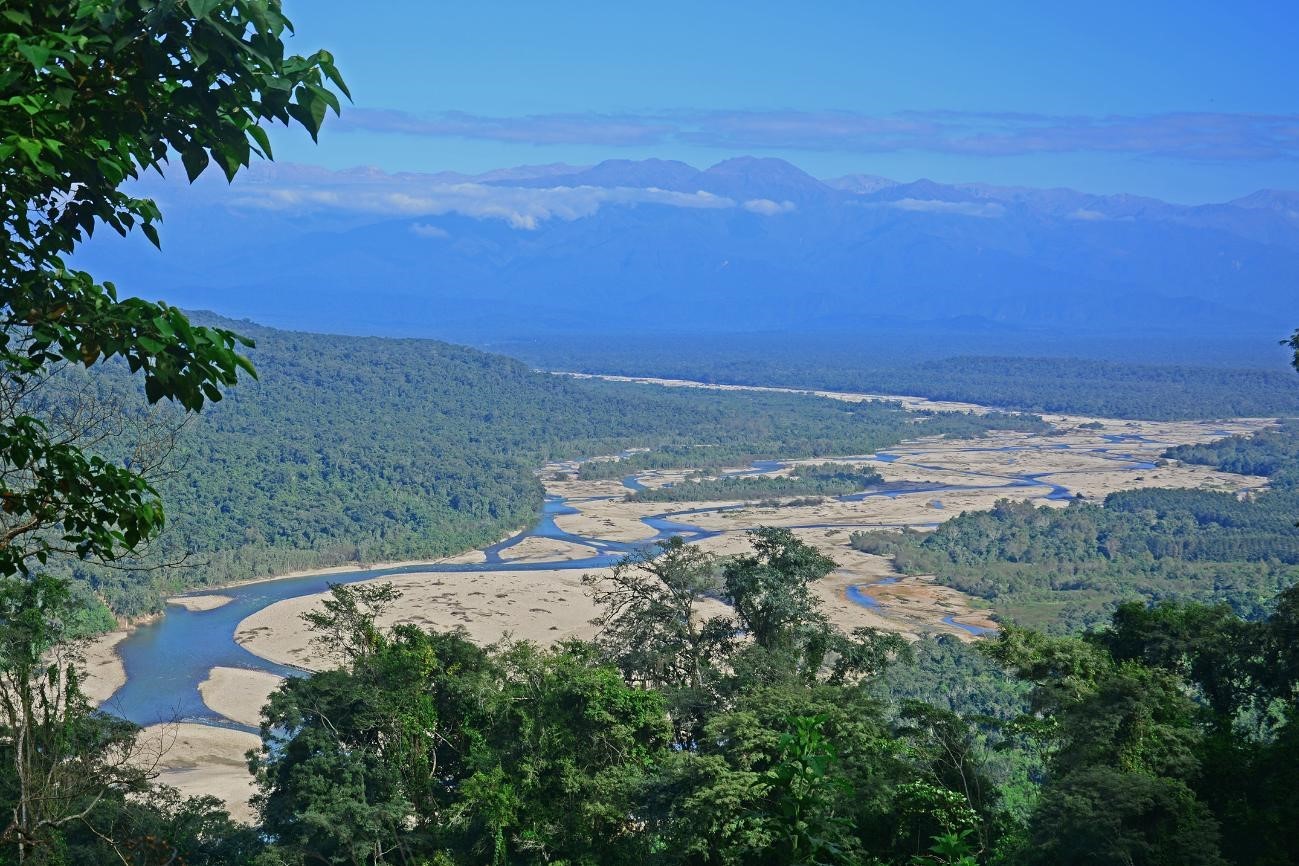
Figure 4. Type locality in the Blanco River, upper Bermejo River Basin, El Oculto, Orán Department, Salta Province, Argentina.
Fernández Santos was also a passionate advocate for aquarium keeping, particularly concerning native species of Argentina. In recognition of his valuable contributions to the study and dissemination of knowledge about the country’s fishes, this new species has been named in his honor.
The new species was collected in the upper Bermejo River Basin, specifically in the Blanco River and its small tributaries, within the Yungas forest at approximately 500 meters above sea level (Figure 4). The habitats where it was found are characterized by clear waters, rocky bottoms, and slow flow. In some areas, filamentous algae and aquatic vegetation were observed, contributing to the structural complexity of the environment.
In this region, annual rainfall can exceed 1500 mm, primarily concentrated during the summer months. During this season, significant increases in water levels, flow, and turbidity are recorded. However, ‘Hoplisoma’ osvaldoi inhabits small tributary streams with less intense currents compared to the larger rivers into which they flow.

Figure 5. Anta Muerta stream, where this species inhabits. The rocky bottom with abundant filamentous algae characteristic of this environment is visible.
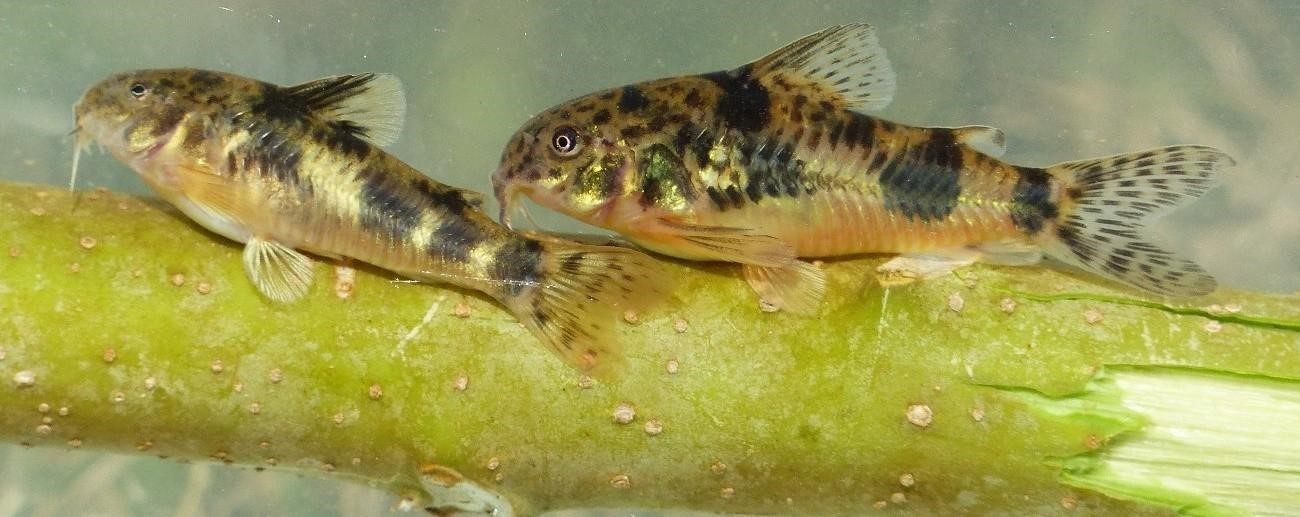
Figure 6. Urkumayu micracanthus (left) and ‘Hoplisoma’ osvaldoi (right), displaying their co-mimetic coloration. Both species have evolved convergent coloration patterns despite not being closely related, mimicking each other. This coloration serves as a visual warning to potential predators about the presence of venom glands associated with their pectoral spines, which can cause significant pain to predators attempting to capture them.
Other fish species commonly observed alongside this species include: Loricaria holmbergi, Rineloricaria steinbachi, Heptapterus mustelinus, Trichomycterus corduvensis, Andromakhe latens, Nantis indefessus, Oligosarcus bolivianus, Oligosarcus itau, Piabina thomasi, Psalidodon chico, Psalidodon endy, Characidium cf. zebra, Trichomycterus barbouri and Jenynsia alternimaculata.
Urkumayu micracanthus Regan 1912 is found syntopically (coexisting in the same habitat) with ‘Hoplisoma’ osvaldoi. These two species form interspecific shoals and share very similar coloration (Figure 6), representing a case of Müllerian mimicry.
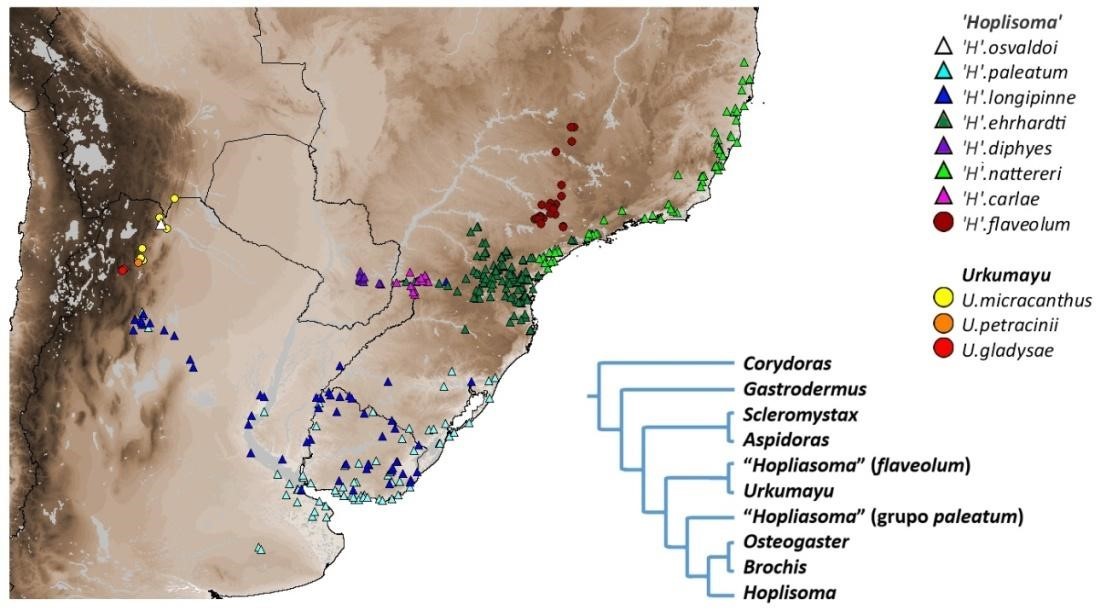
Figure 7. Distribution of species from the genus Urkumayu and ‘Hoplisoma’ of the paleatum group in southern South America. Bottom right: schematic representation of the evolutionary relationships among the main groups/genera of Corydoradinae.
Based on combined analyses of genetic and morphological evidence, we identified ‘Hoplisoma’ osvaldoi from the Upper Bermejo River as the sister species of ‘Hoplisoma’ paleatum, which inhabits the lower La Plata Basin, adjacent areas, and the endorheic Salí River Basin in northwestern Argentina. These species are closely related to ‘H’. ehrhardti from the Iguazú River Basin and coastal rivers in the states of Santa Catarina and Paraná, as well as ‘H’. nattereri, which inhabits coastal basins from Espírito Santo to Paraná in eastern Brazil. All these species were recovered as sisters to ‘H’. longipinne, which is widely distributed across the Plata Basin.
This pattern suggests a biogeographic process in which ‘H’. ehrhardti and ‘H’. nattereri diverged within the Brazilian Shield, while the other species diversified within the Plata Basin, revealing fascinating historical interactions between these regions.
Additionally, this group is the sister clade to ‘H’. diphyes and ‘H’. carlae, which likely diverged within the Brazilian Shield: ‘H’. diphyes in the upper Paraná River Basin and ‘H’. carlae in the Iguazú River Basin. Collectively, these species form a sister clade to a group comprising species from northern South America and the Amazon Basin: ‘H’. albolineatum, ‘H’. tukano, ‘H’. reynoldsi, and ‘H’. potaroense. Together with the ‘H’. osvaldoi group, these species constitute what we refer to as the ‘H’. paleatum group (Figure 7).
In contrast, we identified ‘Hoplisoma’ flaveolum from the upper Paraná River Basin in Brazil as the sister species to endemic species from the northwestern Plata Basin. For these species, we created a new genus, named Urkumayu, which includes U. gladysae and U. petracinii (both from different parts of the upper Juramento River Basin) and U. micracanthus (from the upper Bermejo River Basin) (Figures 8 to 11).
One distinguishing feature of this new genus is the relatively short spines on the dorsal and pectoral fins compared to those observed in other genera of this family.
The etymology of the name Urkumayu derives from the Quechua language and is composed of “urku”, meaning mountain, and “mayu,” meaning river, referencing the habitat where the species of this genus are found.
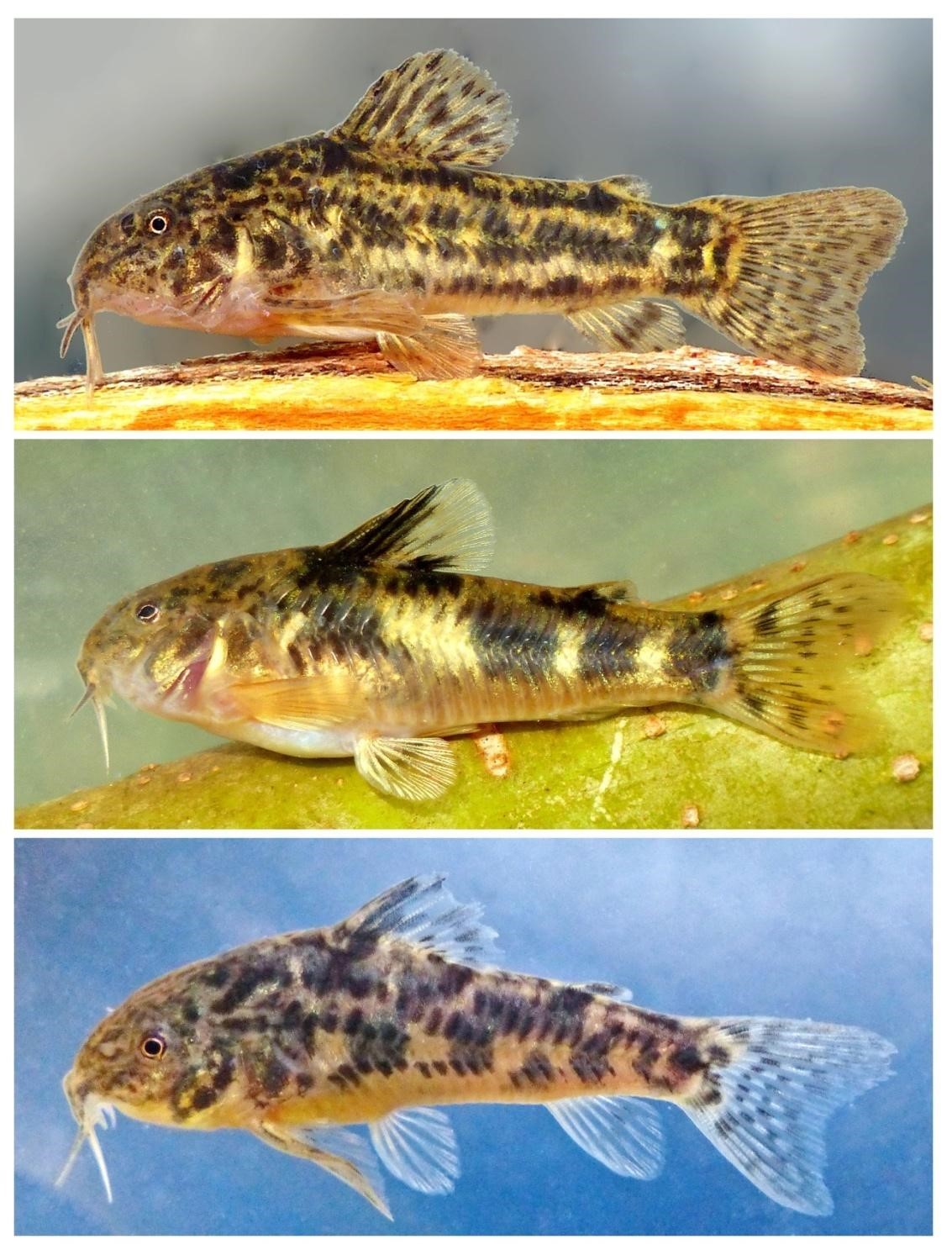
Figure 8. Species of the genus Urkumayu: Urkumayu gladysae (top) from the Calchaquí River Basin; U. micracanthus (center) from the upper Bermejo River Basin; and U. petracinii (bottom) from the Arenales River Basin.
The presence of Corydoradinae in the northwestern Plata Basin dates back to the Middle Tertiary (approximately 58 million years ago), as evidenced by †Corydoras revelatum, a fossil species described by Cockerell in 1925. Although it is challenging to assign this species to any existing group within Corydoradinae, it inhabited a region that is now part of the Juramento River Basin and shares a low body profile, a relatively short dorsal spine, and a compact operculum with species of Urkumayu.
However, other anatomical features do not align with this group, and further studies are necessary to evaluate its phylogenetic relationships with other known species of the subfamily Corydoradinae.
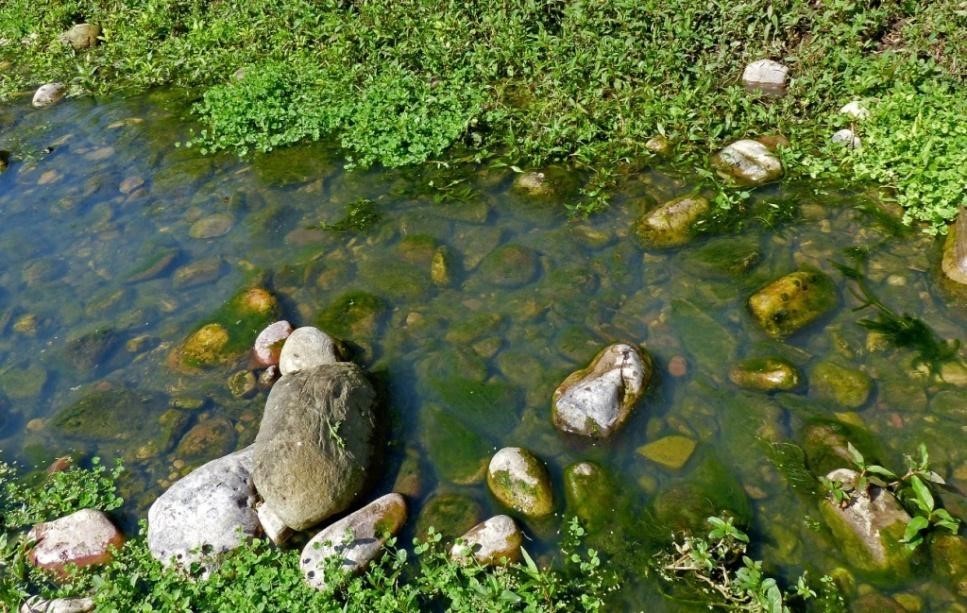
Figure 9. Habitat of Urkumayu micracanthus in the Yungas region of the Bermejo Basin.
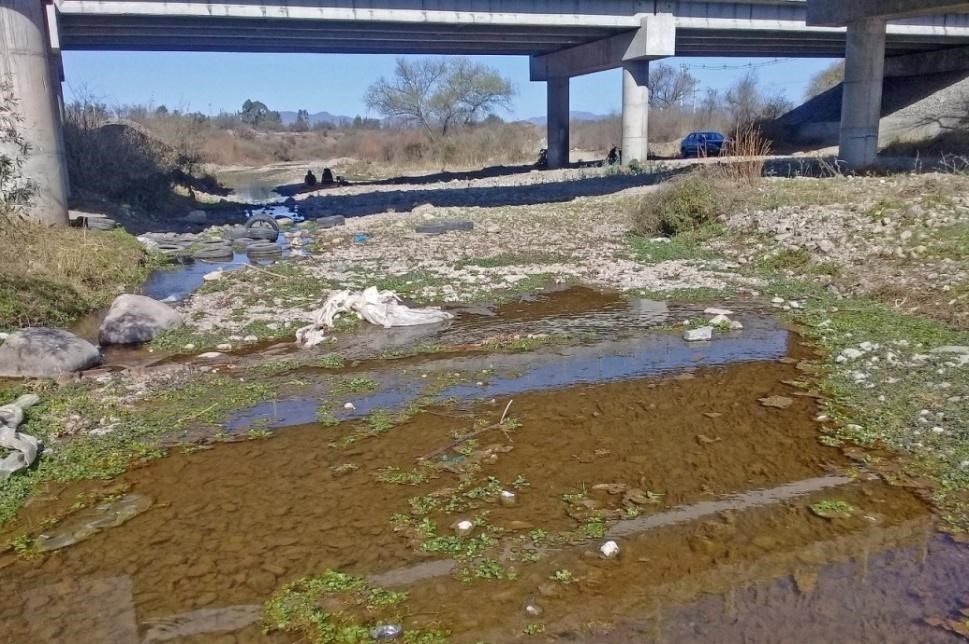
Figure 10. Habitat of Urkumayu petracinii, a critically endangered species in the San Lorenzo River. This environment is highly impacted by human activities, including urbanization, sewage discharge, and open-air landfills.
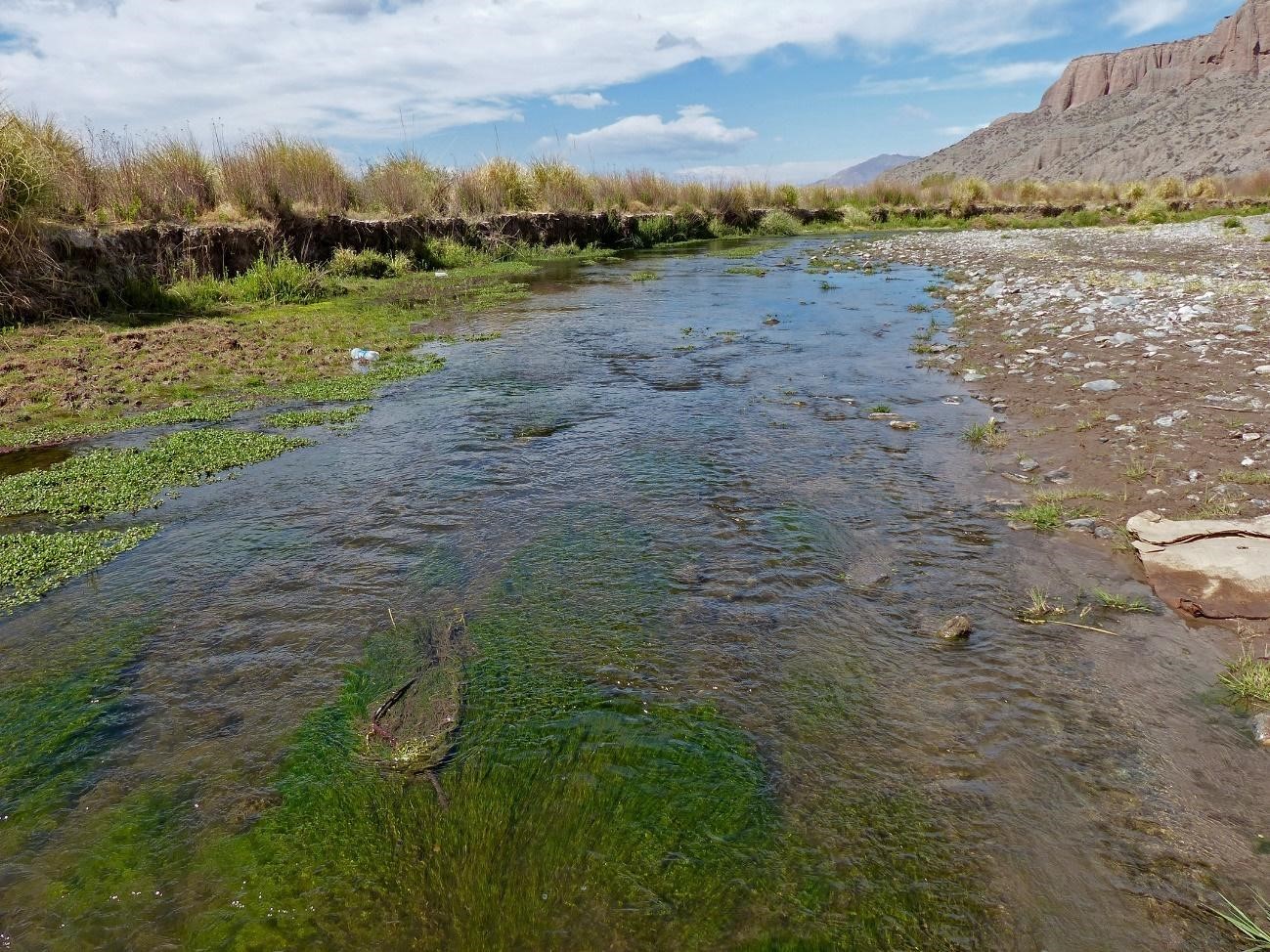
Figure 11. Habitat of Urkumayu gladysae in the Calchaquí River at 2400 meters above sea level, possibly the highest-altitude habitat occupied by a species of the family Callichthyidae.
The research team was composed of Felipe Alonso (CONICET - IBIGEO, UNSa); Wilson Sebastián Serra Alanís from the National Museum of Natural History in Montevideo (Uruguay); Terán, Aguilera, and Mirande from the Miguel Lillo Foundation (CONICET); Montes from CEPAVE-CONICET; Cardoso from UNLP-CONICET; Calviño from the Killifish Foundation; Vera-Alcaraz from the National Museum of Natural History of Paraguay; and Koerber from Germany.
Original article
Alonso F, Terán GE, Aguilera G, Montes MM, Serra Alanís WS, Calviño P, Vera-Alcaraz HS, Cardoso Y, Koerber S, Mirande JM. 2024. Integrative phylogeny of Corydoradinae (Siluriformes: Callichthyidae) with an emphasis on northwestern La Plata species, including descriptions of a new genus and species. Zoologischer Anzeiger, 1-14
Acknowledgments
We thank the Secretaría de Ambiente y Desarrollo Sustentable de Salta, IBIGEO, and the Fundación Miguel Lillo for their support. This work was partially funded by CorydorasWorld, CONICET, Fundación Williams, and ANPCyT.
MUSEO NACIONAL DE HISTORIA NATURAL
MAIL BOX 399
11.000 MONTEVIDEO, URUGUAY
E-mail: mnhn@mec.gub.uy web: http://www.mnhn.gub.uy
Director of MNHN: Javier González
Series editor: Enrique M. González Graphic design: Pablo Rodríguez

Copyright: © 2025 Alonso and Serra Alanís.
Creative Commons Attribution-NonCommercial 4.0 International License (CC BY-NC 4.0).
